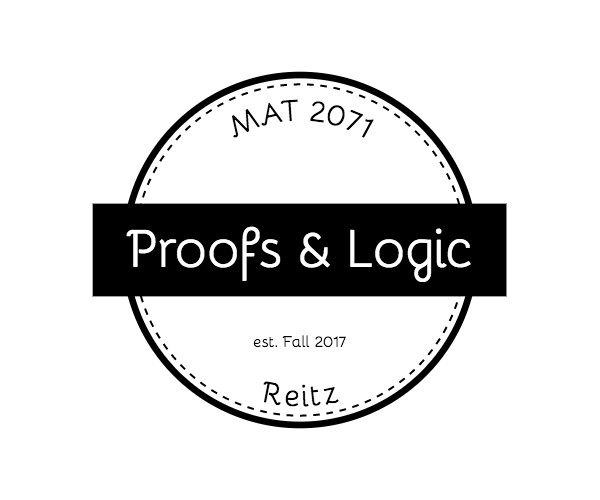Part 1:
Video 1- How many kinds of infinity are there?
https://www.youtube.com/watch?v=23I5GS4JiDg
ViHart discusses the many types of infinity, such as Countable Infinity and Alpha Null. She also describes the “flavors” of each infinity and how they can relate to real world examples.
Video 2: A Song About a Circle Constant
https://www.youtube.com/watch?v=FtxmFlMLYRI
In this video she creates a catchy, or possibly annoying, tune about “Tau”. While the song describes the numerical value of tau, 6.2831…, she also, rather ingeniously, took the individual numbers of Tau’s value and equated them to notes on a musical scale.
Video 3- Pi is (Still) Wrong
https://www.youtube.com/watch?v=jG7vhMMXagQ
ViHart continues in yet another video to rage against Pi. She believes that using Pi is inferior to using Tau. She has confidence that mathematics should be simple and elegant as possible. Pi, versus Tau, is less efficient and less graceful.
Parts 2 & 3:
Video- Optimal Potatoes
https://www.youtube.com/watch?v=F5RyVWI4Onk
This video is a hilarious and practical look at the mathematics, geometry, of Thanksgiving Dinner. Vihart brilliantly breaks down the mathematical relationship of mashed potatoes moats and the amount of gravy said mashed potatoes can hold. This clever application of mathematics to a seemingly random subject, Thanksgiving Dinner, is precisely the type of innovative teaching strategy that needs to be used to be able to draw a student into the beauty of math.
Vihart has packed this video with little tidbits of math. For instance, I did not know that any two-dimensional shape, when inflated, will turn into a circle. Vihart’s strategy of explaining subjects such as this in nontraditional ways is the essence of teaching. By using both music and the internet she could create a learning technique that is both relevant and engaging. This sort of adaptability is one of the cores of a good teaching philosophy.
I do question if such techniques would be practical in a classroom environment. While the videos are wonderful I would like to know if, and how, she translates this style of teaching to an actual classroom setting. Obviously, she could not cook dinner in classroom, so how does she create comparable examples?




Recent Comments